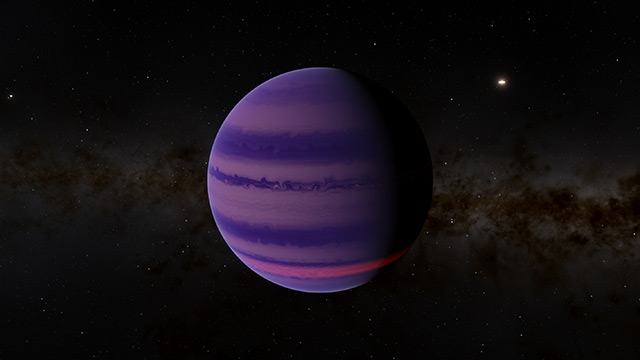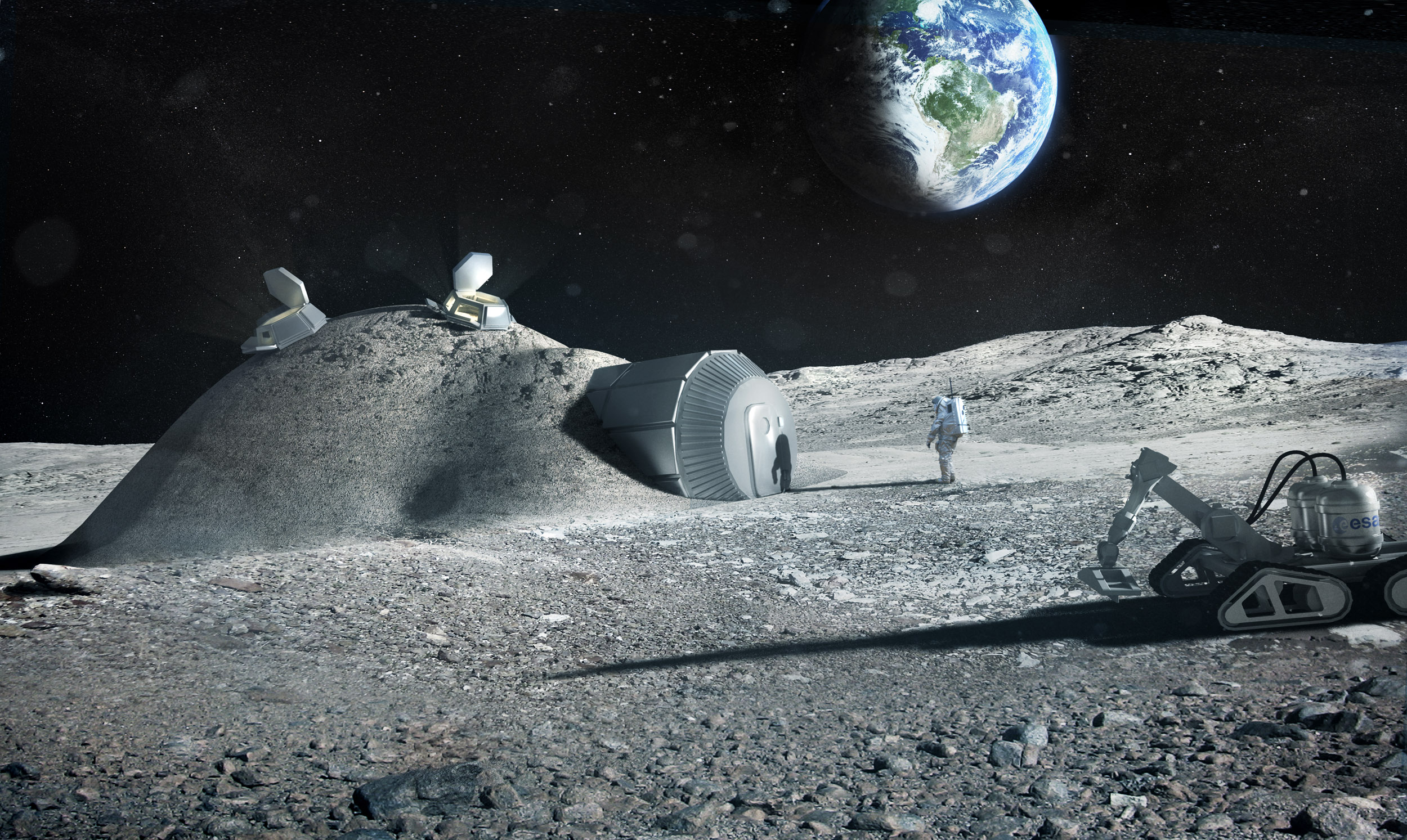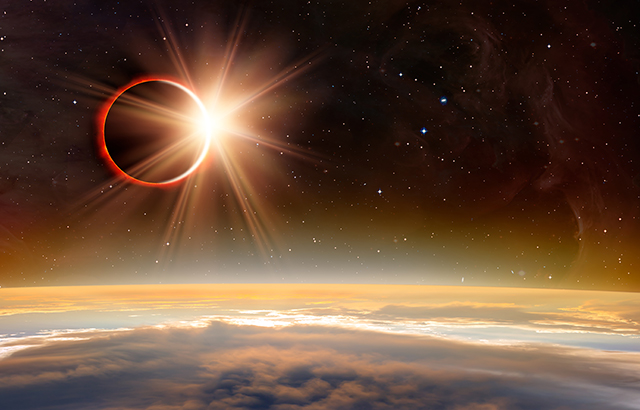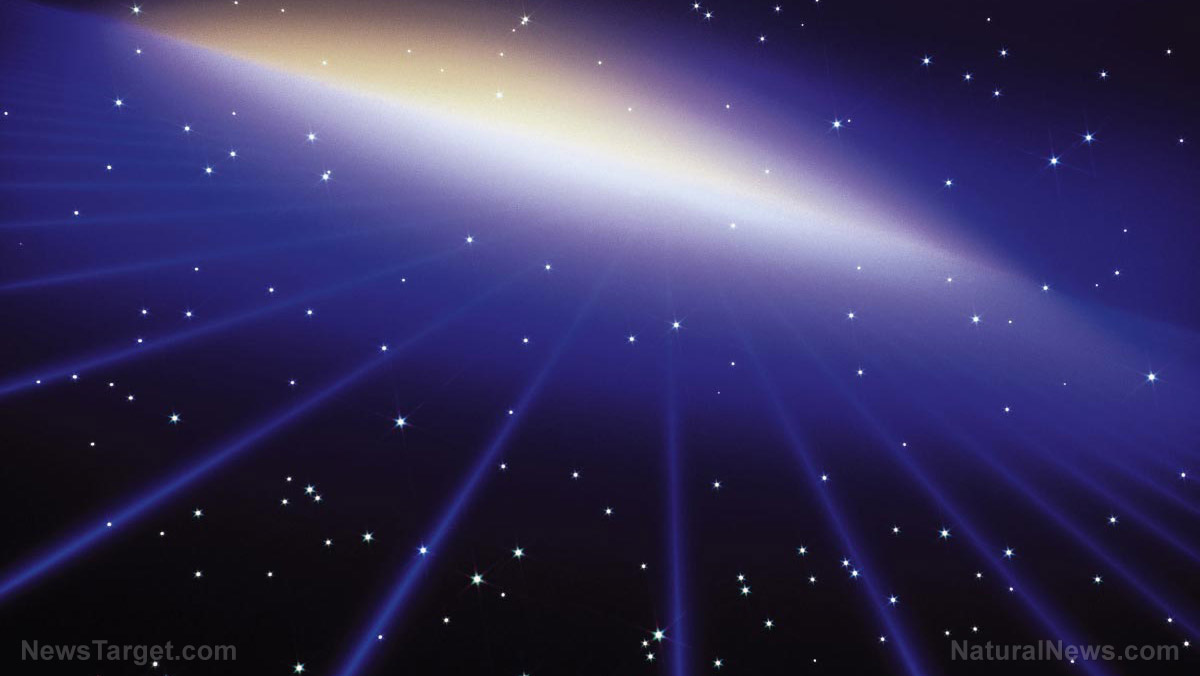Not an aurora? New research concludes that thin ribbons of purple and white light appearing in the night sky are an entirely new celestial phenomenon
10/30/2018 / By Edsel Cook
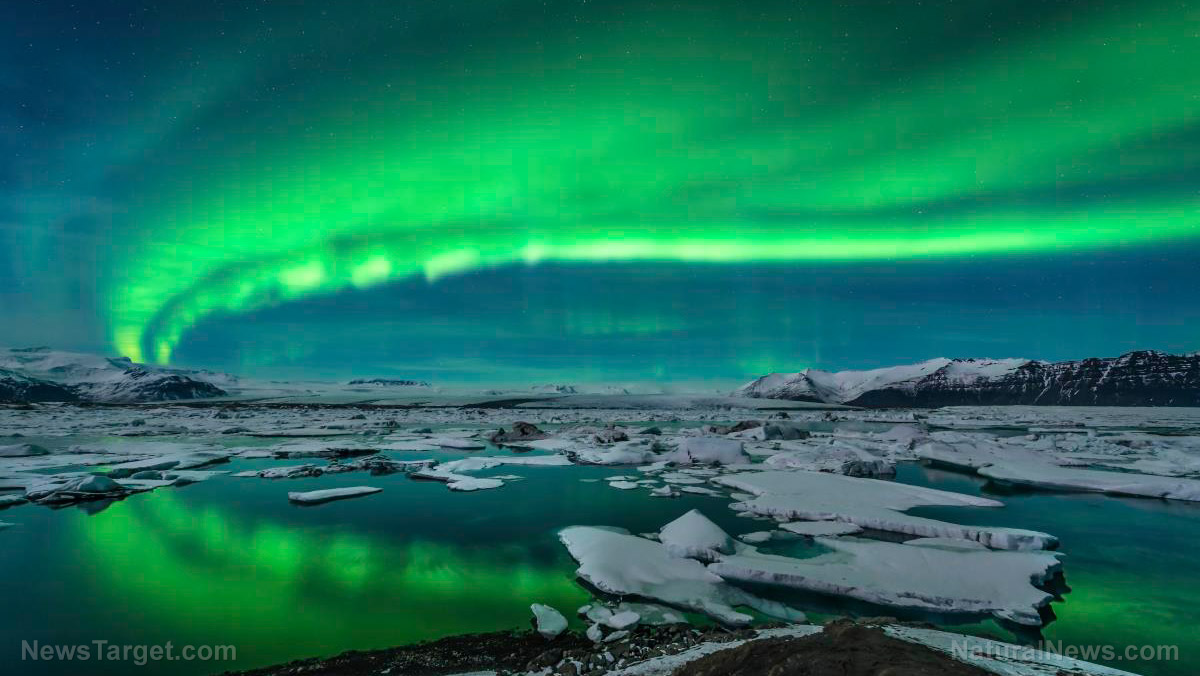
An astral feature that has been known to photographers for decades has recently been reclassified by experts. Previously lumped in with the auroras, the phenomenon called STEVE was determined to be an unrelated and new event, an article in Science Daily stated.
STEVE is the term used to identify the slender streamers of purple and white light that occasionally manifest in the sky during night. It has been caught on camera for many years before finally drawing scientific attention in 2016.
Upon taking a closer look, University of Calgary (UC) researchers realized that STEVE was no aurora. However, they could not put their finger on what was causing the phenomenon. When researchers focused on a STEVE event, they found that it was caused by an atmospheric event unrelated to auroras.
“So right now, we know very little about it,” said UC lead researcher and study author Bea Gallardo-Lacourt. “And that’s the cool thing, because this has been known by photographers for decades. But for the scientists, it’s completely unknown.” (Related: NASA says the solar flare that caused a radio blackout last September was the biggest flare in a decade.)
Mysterious ribbons of light get named after a comedian
The atmosphere of the Earth is divided into different layers, each with their own traits. The magnetosphere, for instance, is the region ruled by the planet’s magnetic field. The ionosphere, on the other hand, is an area in the upper atmosphere that is filled with charged particles called ions.
When electrons and protons from the magnetosphere fall into the lower ionosphere, they get so excited that they generate various colors of light. The ensuing light show is what we call an aurora.
Canadian photographers who tracked auroras for fun were the first to spot the odd ribbons of light. They dubbed the ribbons “Steve,” a reference to one of the voice actors of the movie Over The Hedge.
Whereas auroras take place every night, Steve only appeared occasionally. Not only that, it always appeared near the equator, which was well below the latitudes occupied by auroras.
The first theory of the photographers was that Steve was produced by excited protons. However, protons are invisible to normal cameras, the exact opposite of Steve.
Steve was formally introduced to the scientific community in 2016. A proposed backronym of STEVE (Strong Thermal Emission Velocity Enhancement) was adopted as the formal term.
That’s no aurora, astronomers, no aurora
In the first scientific study of STEVE, Gallardo-Lacourt and a different team of researchers used satellite and ground-based data to uncover the phenomenon’s nature. They caught a stream of ions and electrons shooting through the ionosphere at the location where STEVE was spotted.
Such streams are the cause for auroras. But the researchers wanted to make sure if STEVE was truly related to auroras.
Gallardo-Lacourt led a new study of a particular STEVE event from March 2008. It so happened that a NOAA satellite passed over the event. Said satellite carried an instrument for studying charge particles falling into the ionosphere.
Thanks to the timely satellite pass, the researchers were able to confirm the absence of charged particles during the 2008 STEVE event. While they have not yet identified the root of the event, they believe STEVE is very distinct from auroras.
STEVE is currently classified as a “skyglow.” Gallardo-Lacourt is planning to determine the source of the new optical phenomenon. Either the light is coming from fast ions and hot electrons zipping through the ionosphere, or it is coming from higher altitudes.
If you have grown interested in STEVE and other cosmic phenomena with funny names, check out Cosmic.news for related stories.
Sources include:
Tagged Under: astronomy, atmosphere, auroras, celestial phenomenon, cosmic, cosmic phenomena, ionosphere, magnetosphere, optical phenomena, outer space, satellites, Space, space weather, weird science

